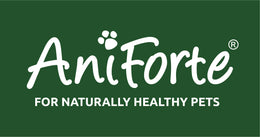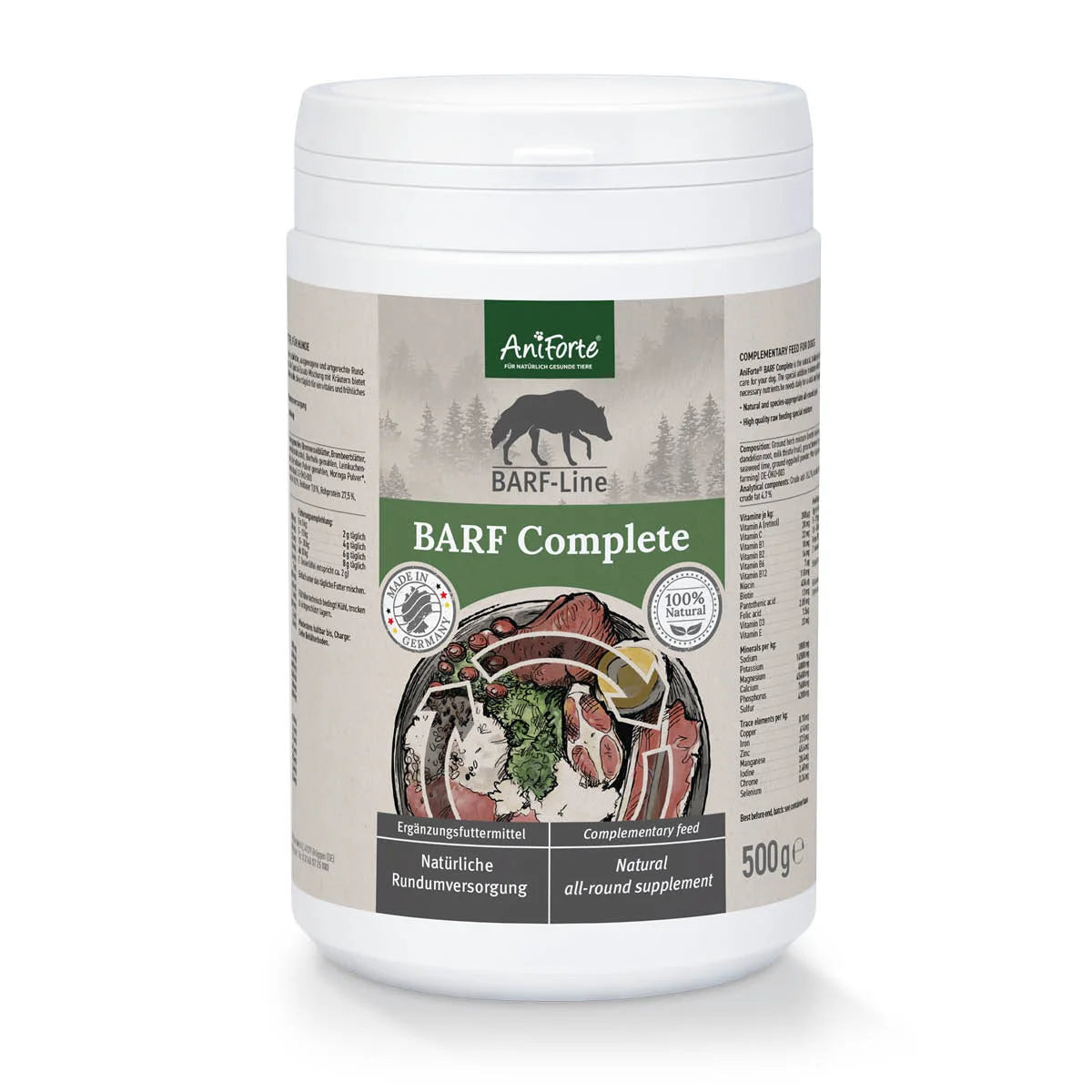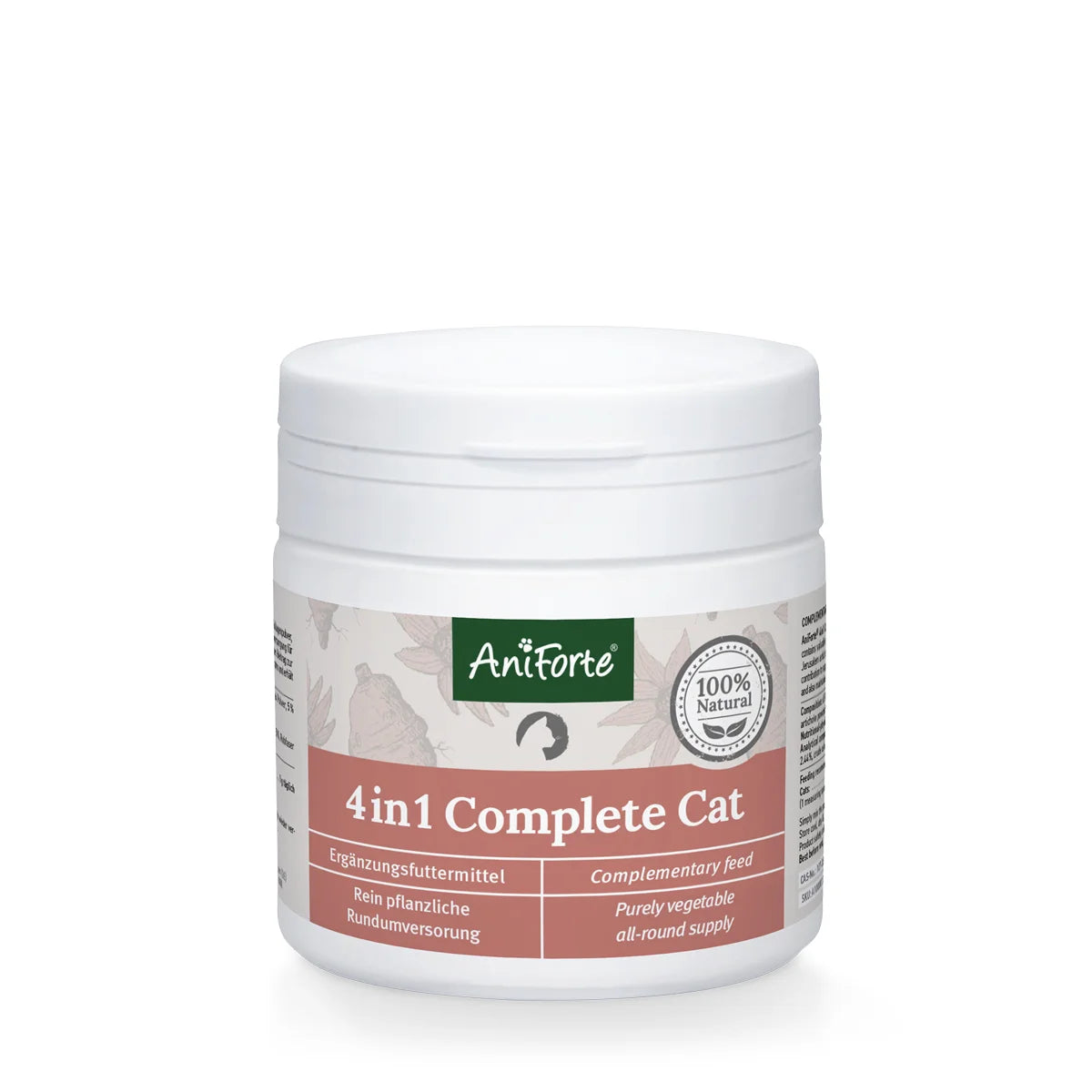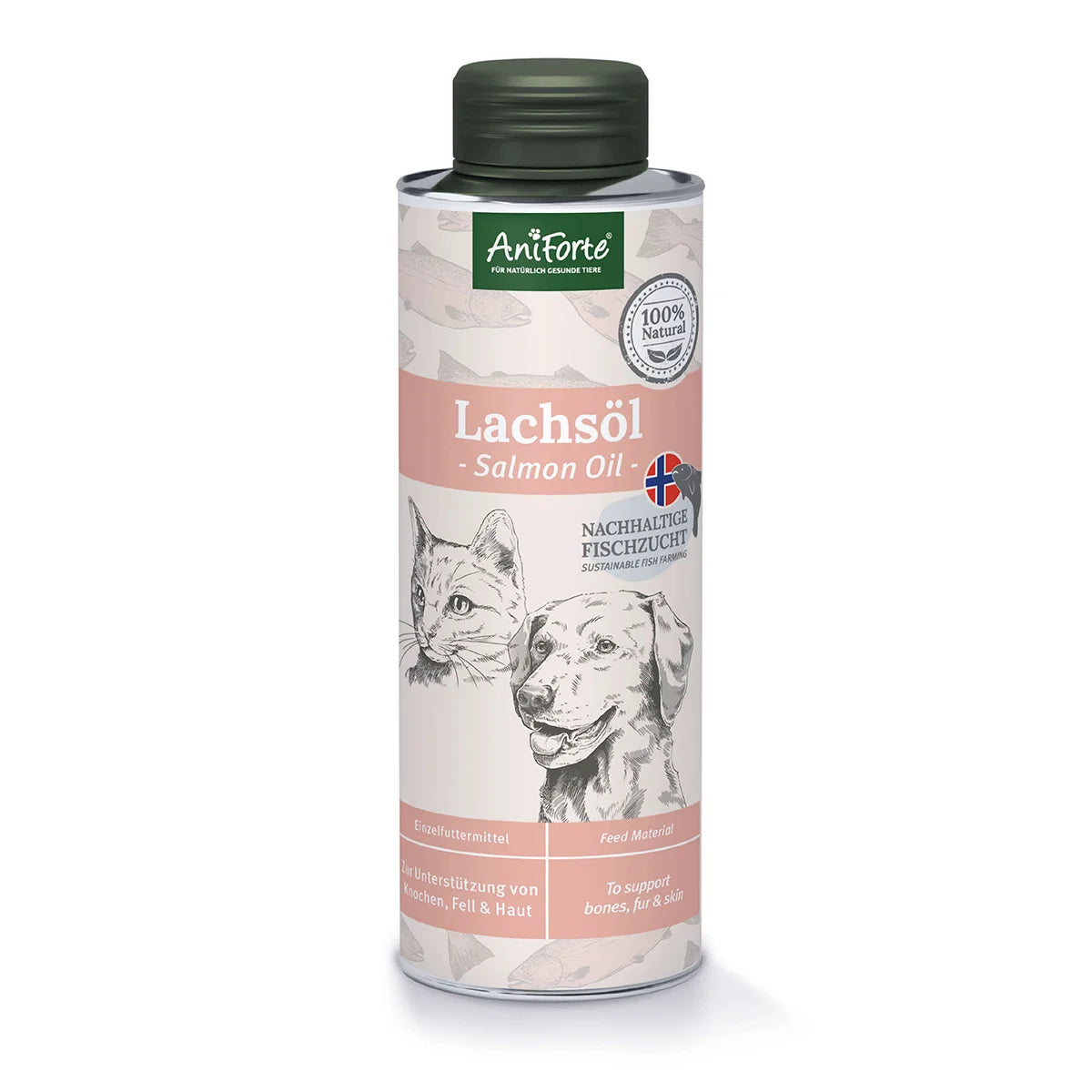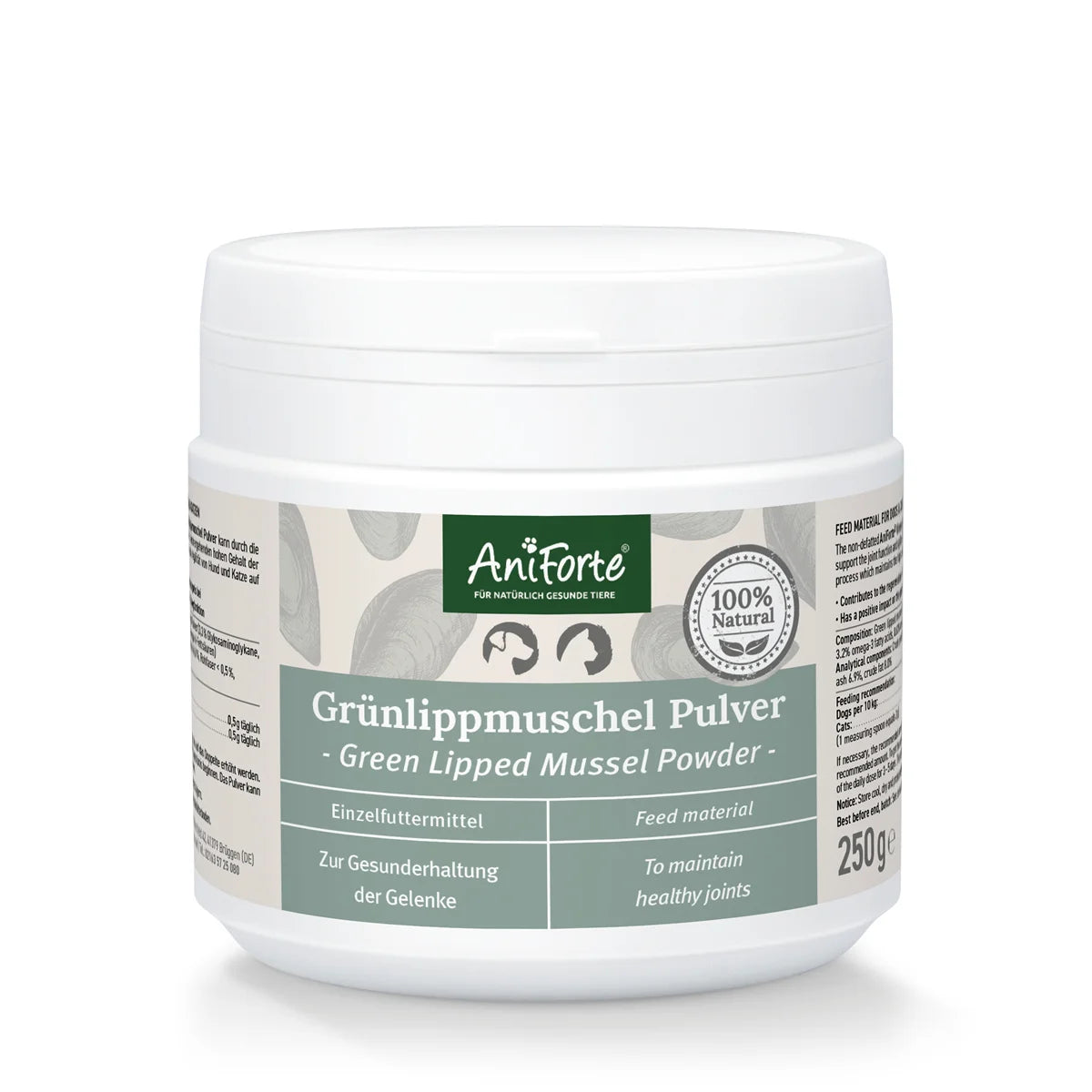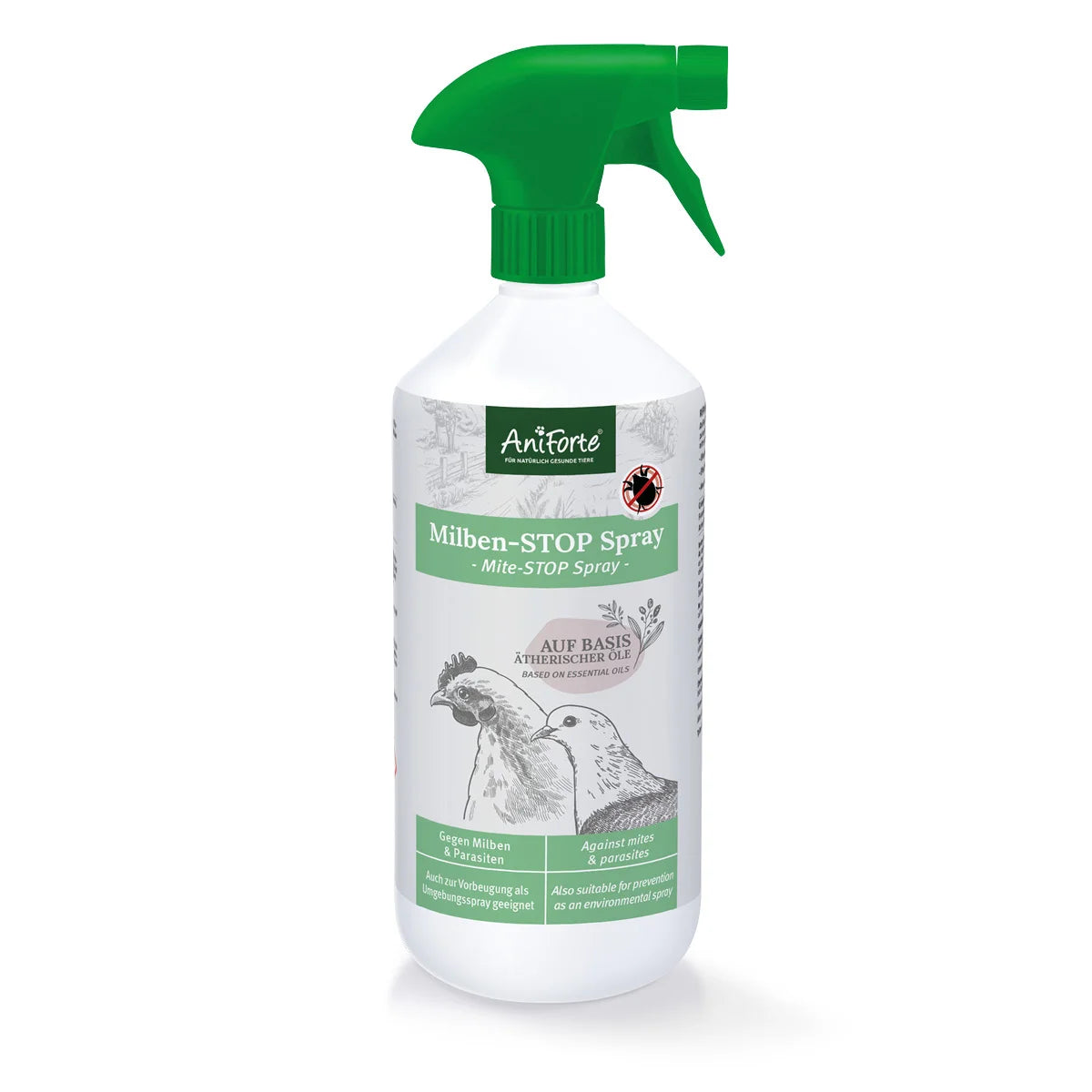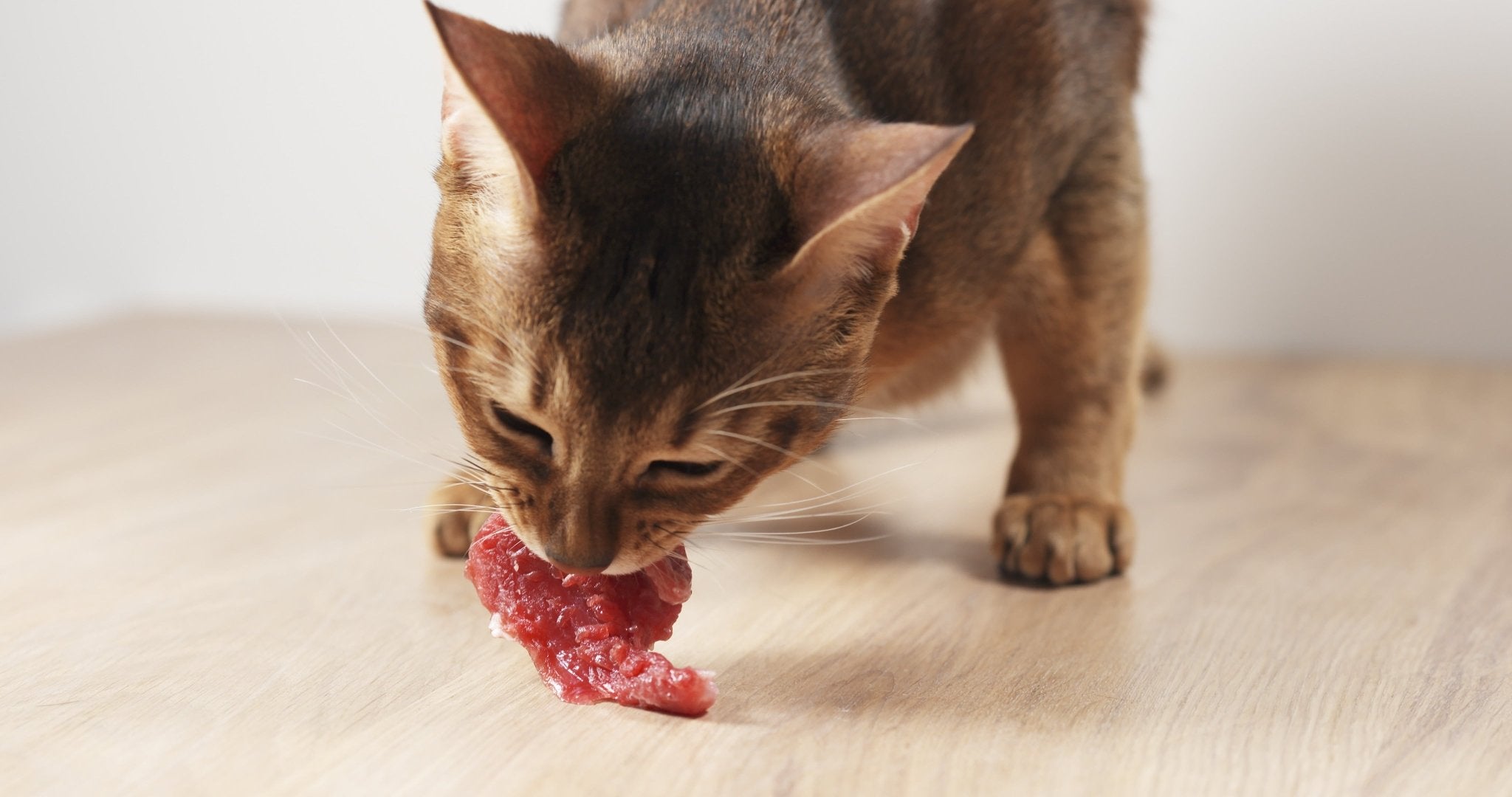
Your dog's coat is an important indicator of his health. If the coat is matted, dull or even too greasy, it may be a sign of an imbalance in your dog’s body. Nutrition deficiencies, parasites, or infections are common triggers. You should regularly groom your dog's fur and examine it for changes. Today we will explain how often you should brush, comb or wash your dog and how best to go about it.
What is the purpose of the dog's fur?
The dog's coat is a miracle of nature. While the top coat protects against injuries and determines the coat’s colour, the undercoat is important for regulating temperature. The fur adapts to the weather conditions and regulates the dog’s body heat. If it's cold, the fur protects your dog from freezing temperatures, and it cools the dog when exposed to heat and sunlight.
The skin’s fat layer plays an important role in repelling dirt and moisture. It supplies the coat with important nutrients and forms a protective acid mantle. This protective acid layer has a repellent effect on liquids and dirt, and forms an insulating layer against temperature fluctuations. The dog’s fur even reduces the risk of injury by cushioning impacts, and the fur serves as an indicator for the overall health of your dog.
If your dog’s fur seems brittle and dull, try adding AniForte® Fur Harmony Feed Oil to his meals. It supplies your four-legged friend with important nutrients and supports vital and shiny fur.
How often do I need to brush my dog?
If dogs live together in a pack, grooming is a natural impulse for them and the dogs will groom each other. We often see our four-legged friends licking their paws or cleaning each other's eyes, ears and fur. Grooming also serves as a social factor and strengthens the bond between dogs. Today only very few dogs belong to a pack, so humans need to take on the task of grooming.
You should brush your dog regularly, especially after walks during the tick and flea season, so you can identify ticks, fleas and other parasites right away (we offer a spot-on for dogs to effectively ward off and prevent ticks and other parasites.)
Using AniForte Natural Vet Ear Cleaner, dirt from the external auditory canal can be gently removed and the ears can be cared for using natural chamomile extracts.
Active coat care is also a must in spring and autumn when the dog changes his coat. Regular brushing makes it easier for your dog to change their hair and it stimulates the skin's metabolism. Dog owners also benefit from regular grooming, because the four-legged friend will leave less hair for you to vacuum up.
Regular dog grooming promotes your dog’s health and wellbeing. Dirt particles, calluses and dead skin cells can be easily removed by combing and brushing, helping the skin to breathe. In addition to a wellness and massage effect, regular combing of the dog's coat stimulates the skin’s blood circulation and sebum production. The hair roots are supplied with nutrients and new fur can grow back better.
The effort and intensity of care always depends on the needs of your dog. If the coat is particularly long and dense, more frequent brushing is necessary. Short, sleek coats require less active grooming. If the dog's coat care is neglected, the risk of fungal and parasite infestation as well as various infections and skin diseases increases. As a rule of thumb, every dog should be combed or brushed at least once a week - regardless of the length of the coat and its texture.
What kind of brush for what kind of fur?
Grooming long-haired dogs
Do you have a long-haired dog? That means: brush the dog, brush and brush again. Unfortunately, with long-haired dogs, there is no way around frequent brushing. Depending on the breed, brushing and combing may be even necessary on a daily basis, because long fur gets dirty and matted much faster than short hair. Many dogs with long fur also have a thick undercoat, which requires regular and intensive grooming.
You can pre-comb your long-haired dog with a coarse comb and comb it back with a fine comb. Dogs with long fur can also be combed “against the grain” at first to loosen the coat and remove loose hair. Then the dog should be brushed from the base of the head to the tail with either a natural brush or a wire brush specifically for long-haired dogs. If the fur is slightly matted, either loosen it with your fingers or comb out with a fine comb: hold the matting with one hand and comb out the tuft of hair with the other, so you won’t pull too much on your dog’s skin.
Grooming short-haired dogs
Short-haired dogs require the least amount of grooming. The frequency of brushing depends on the breed: wire-haired breeds like the Airedale Terrier will require more grooming than Beagles, who have a short, smooth and easy-care coat.
A fur comb and a brush are the basic equipment for grooming. A terrier harrow is recommended for bristly terrier hair as the tight-fitting wire pins make it easier to remove light matting and hair knots. To remove stubborn matting from the short hair fur, a de-felting tool for dogs may help. Some short-haired breeds have a lot of undercoat and need additional trimming. Special trimmers are available for this task.
As a rule, caring for the short hair coat 1-2 times a week is sufficient - except when the dogs are changing their fur in spring and autumn – then again you will need to brush, brush, brush. The furminator is particularly popular during these times. However, make sure that you don't use the furminator too often.
How often should I bathe my dog?
If your dog is brushed properly, you can forego a bath once in a while. Bathing the dog removes a lot of loose hair, but it can also affect the pH value of the skin. Bathing a dog too frequently can cause damage to the skin’s natural fat film. Skin diseases, so-called dermatoses, can result. Frequent dog bathing also affects the appearance of the dog's fur, and it can become shaggy and lackluster.
If your four-legged friend has rolled in the mud and bathing is unavoidable, use natural dog shampoos. With sensitive dogs, make sure to use a shampoo specially developed for the needs of sensitive dog skin.
The basic equipment
There are suitable care tools for every type of coat. Whether you need a comb, brush or trimmer, the dog's coat determines the grooming tool. Here is a list with the most important utensils for grooming at home:
- Fur comb and brush - a wire brush for long-haired dogs
- Terrier harrow for stubborn bristle fur
- Trimmer especially for short-haired dogs with a lot of undercoat
- Furminator during fur change
- AniForte® Fur Harmony Shampoo Coconut (use AniForte® Fur Harmony Shampoo Sensitiv for sensitive skin)
- AniForte® Fur Harmony Care Spray Coconut for easier brushing (use AniForte® Fur Harmony Care Spray Aloe Vera for sensitive skin)
